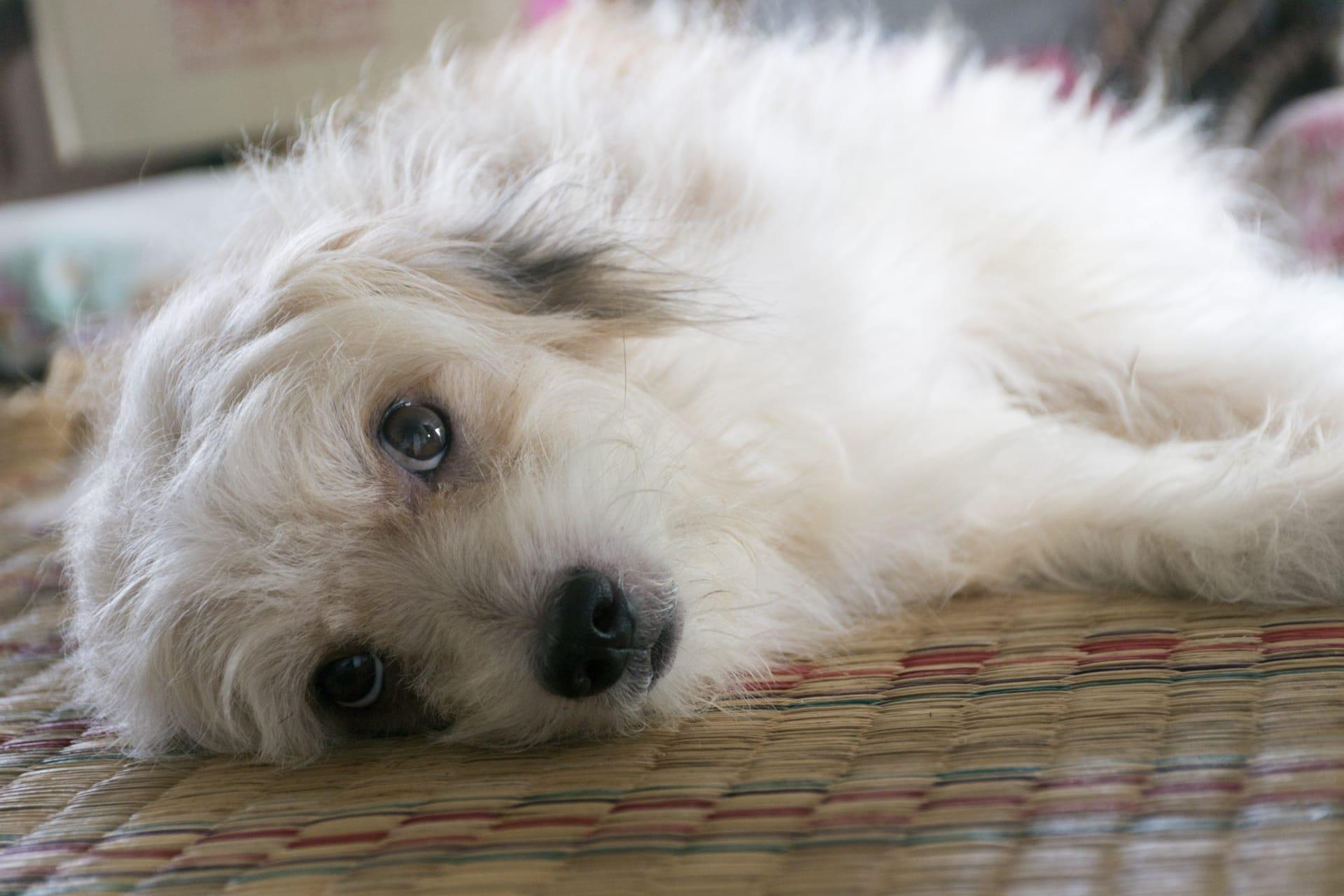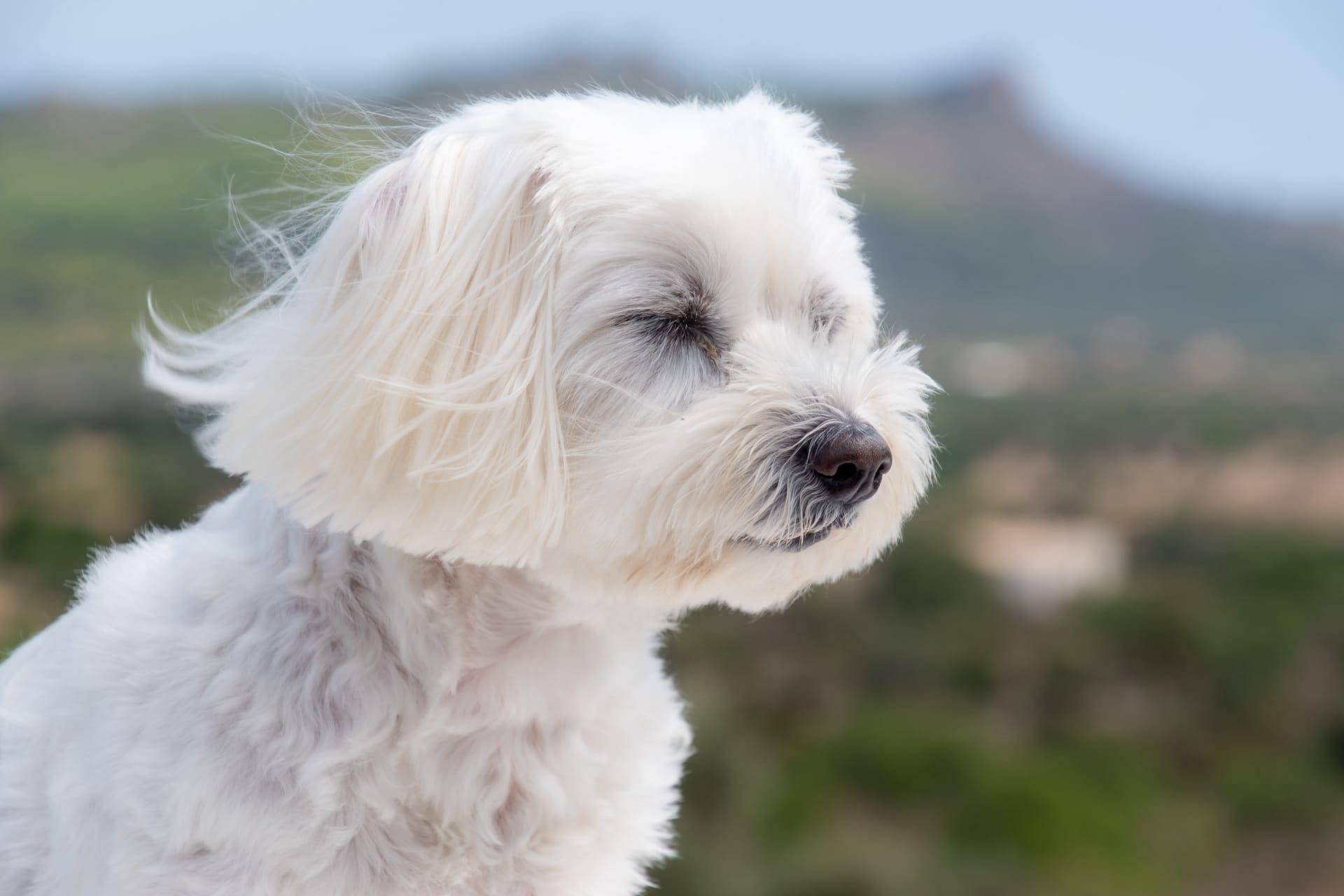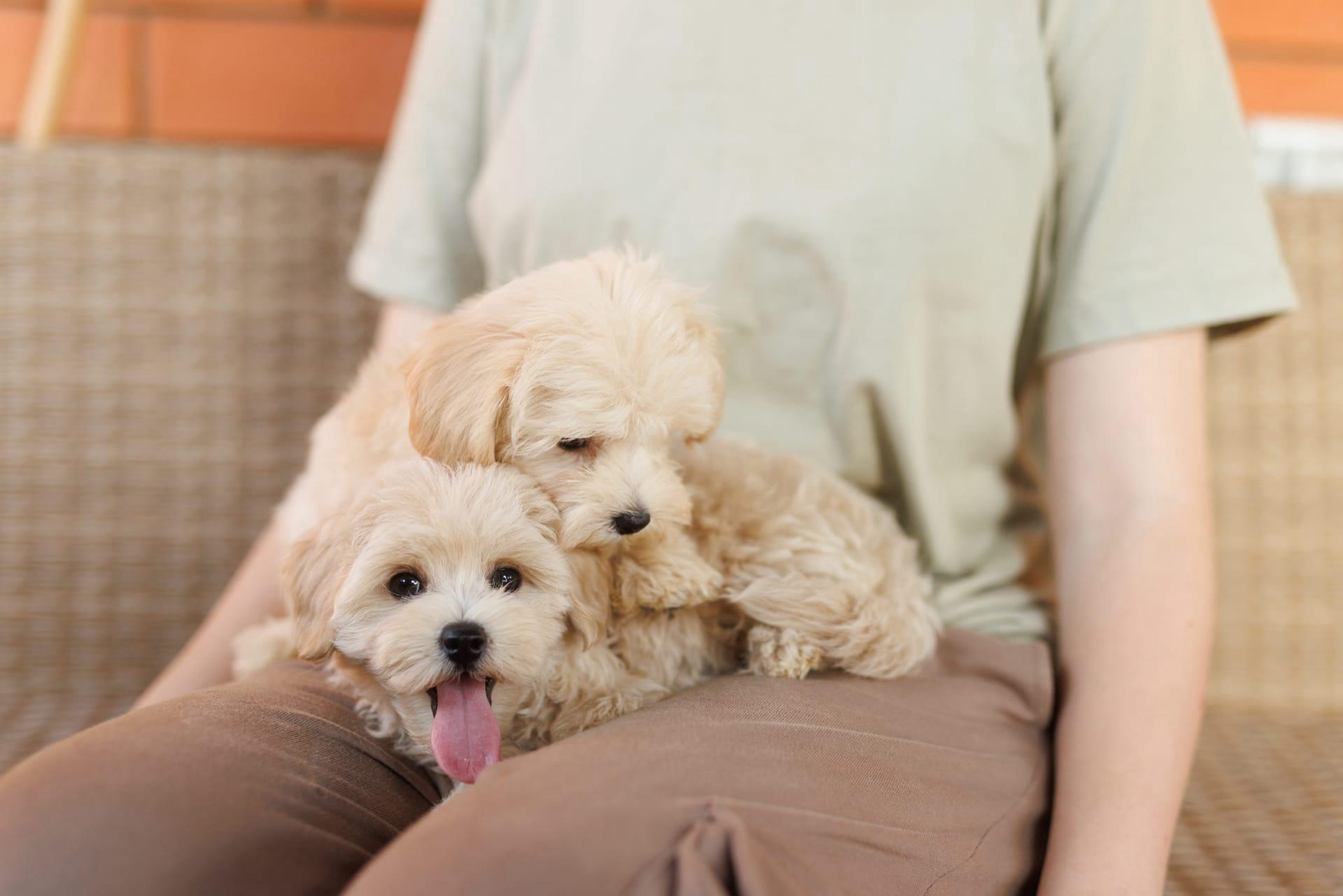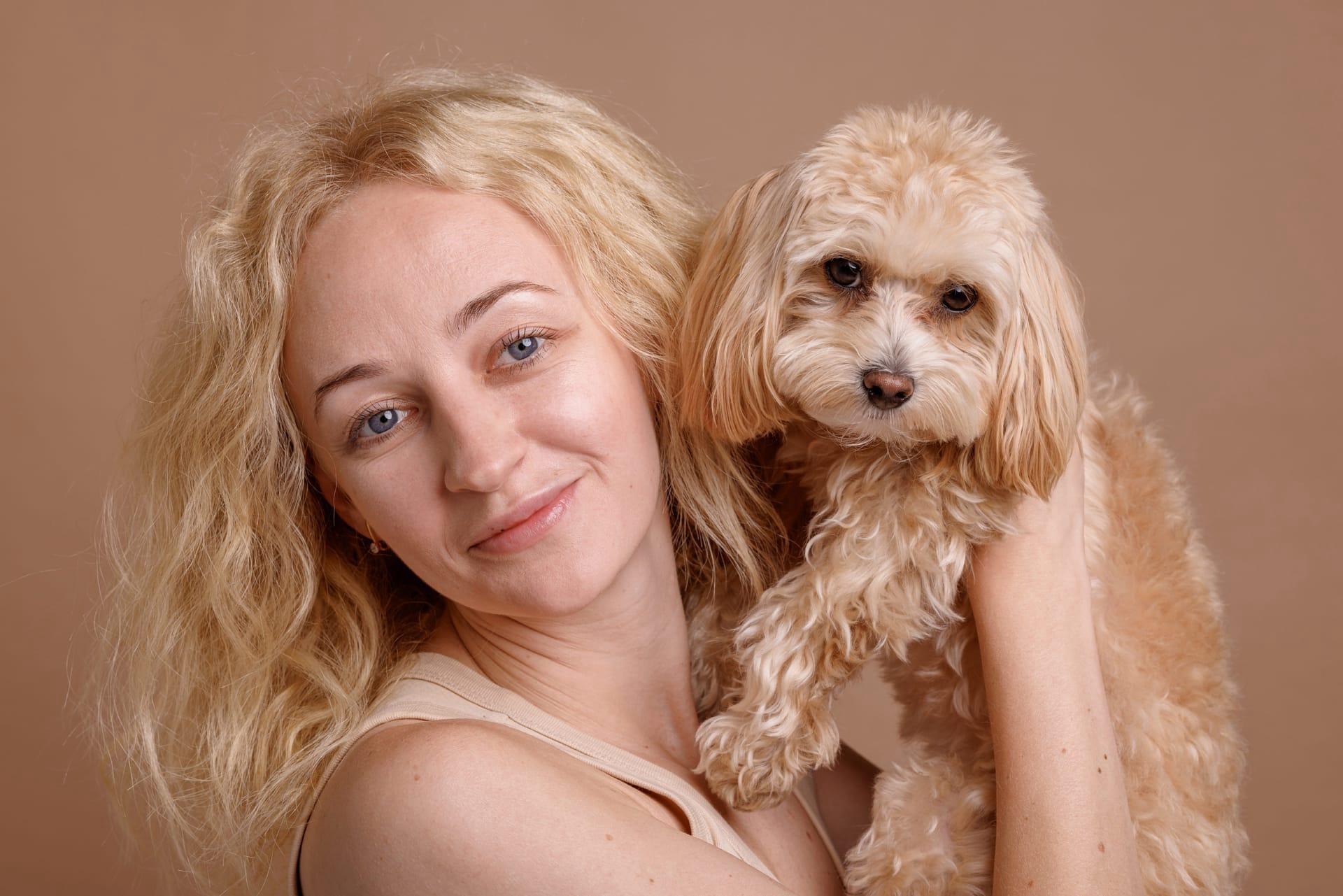Maltese Dogs
- Home /
- Mini Encyclopedia /
- Animal /
- Maltese Dogs
1
The Maltese dog, scientifically classified under the genus Canis and the species C. lupus, with its specific epithet signifying its domesticated status as C. l. familiaris, falls within the toy group due to its small stature. Characterized by its long, flowing white coat, the Maltese is a breed distinguished not just by its appearance but also by its spirited and affectionate nature. Despite its diminutive size, typically weighing less than 7 pounds (around 3 kilograms) and standing about 7 to 9 inches (approximately 18 to 23 centimeters) at the shoulder, this breed exhibits a robust and lively demeanor, making it a favored companion across various households.
Maltese dogs enjoy a worldwide distribution, thriving in a variety of environments from apartments in bustling cities to quiet suburban homes. Initially believed to have originated from the Mediterranean basin, specifically on the island of Malta, their popularity has spread across continents over centuries. Today, these dogs are found in homes around the globe, including the United States, Europe, and Asia. Their adaptability to different living conditions, coupled with their minimal exercise requirements, makes them particularly suited to indoor living, thereby contributing to their widespread presence in diverse regions.

2
Question: Is it true that Maltese dogs are hypoallergenic and do not shed?
Answer: While Maltese dogs are often praised for their long, luxurious white coats that shed very little, no dog breed is completely hypoallergenic. The Maltese breed does shed less than many others, making them a popular choice for individuals with allergies. However, it's important to note that allergens can also come from a dog's dander (skin flakes), saliva, and urine, not just their fur. Regular grooming and cleanliness can help minimize exposure to allergens, but it's crucial for potential owners with allergies to spend time with the breed before making a commitment to ensure compatibility.

3
Maltese dogs have been companions to humans for thousands of years, embodying a rich history of close interaction with people that dates back to ancient civilizations. Their presence has been noted in literature, art, and historical records, indicating their status not just as pets but as symbols of purity, love, and nobility. This breed's affectionate nature and eagerness to please make them excellent companions, deeply ingrained in the fabric of human society through their roles as lap dogs, therapy dogs, and family members.
The relationship between humans and Maltese dogs is also reflected in their health and wellbeing, with these canines often mirroring the emotional state of their owners. Their ability to provide comfort and companionship, especially in times of stress or loneliness, showcases the profound bond that can develop between species. Additionally, the Maltese's small size and adaptable nature make them particularly suited to living closely alongside humans, whether in small apartments or large homes, further cementing their role as cherished companions.

4
The origins of the Maltese dog can be traced back to ancient times, with evidence suggesting their presence as far back as 8th century BCE. Artifacts and writings from ancient Greece, Rome, and Egypt depict small, white dogs resembling the Maltese, indicating their esteemed status among nobility and commoners alike. This historical prominence is attributed not only to their striking appearance but also to their demeanor, which endeared them to many cultures.
Over centuries, the Maltese breed has undergone evolutionary changes, shaped by human selection for specific traits such as size, coat texture, and temperament. Despite these changes, the breed has retained its distinctive silky white coat and affectionate nature. Through selective breeding practices, especially in the 19th and 20th centuries, breeders refined the Maltese into the dog we recognize today: a small, spirited, and elegant companion with a rich history that adds to its allure.

5
Film: A notable documentary focusing on the Maltese is "The Noble Dog: History's Companion," produced in the United Kingdom in 2018. This documentary explores the evolution of dog breeds throughout history, with a significant segment dedicated to the Maltese. It delves into the breed's ancient origins, its role in aristocratic societies through the ages, and its enduring popularity as a companion animal. The film highlights the Maltese's unique characteristics and its impact on human culture across millennia.
Book: "Maltese: The Aristocrat of the Canine World" by Elizabeth Hernandez, published in the United States in 2020, offers an in-depth look into the breed's prestigious history, health care, grooming, and training. Hernandez, a renowned breeder and canine historian, provides readers with practical advice on caring for a Maltese, while also celebrating the breed's rich heritage and its status as a symbol of elegance and luxury.
Book: Another significant work is "Living with Maltese Dogs: A Guide to the Petite and Playful" by Martin Andrews, released in Canada in 2019. This book combines practical advice on raising Maltese dogs with personal anecdotes and historical insights. Andrews, drawing from his extensive experience as a Maltese dog owner, covers topics such as nutrition, exercise, socialization, and overcoming common behavioral challenges, making it an essential guide for both prospective and current Maltese owners.